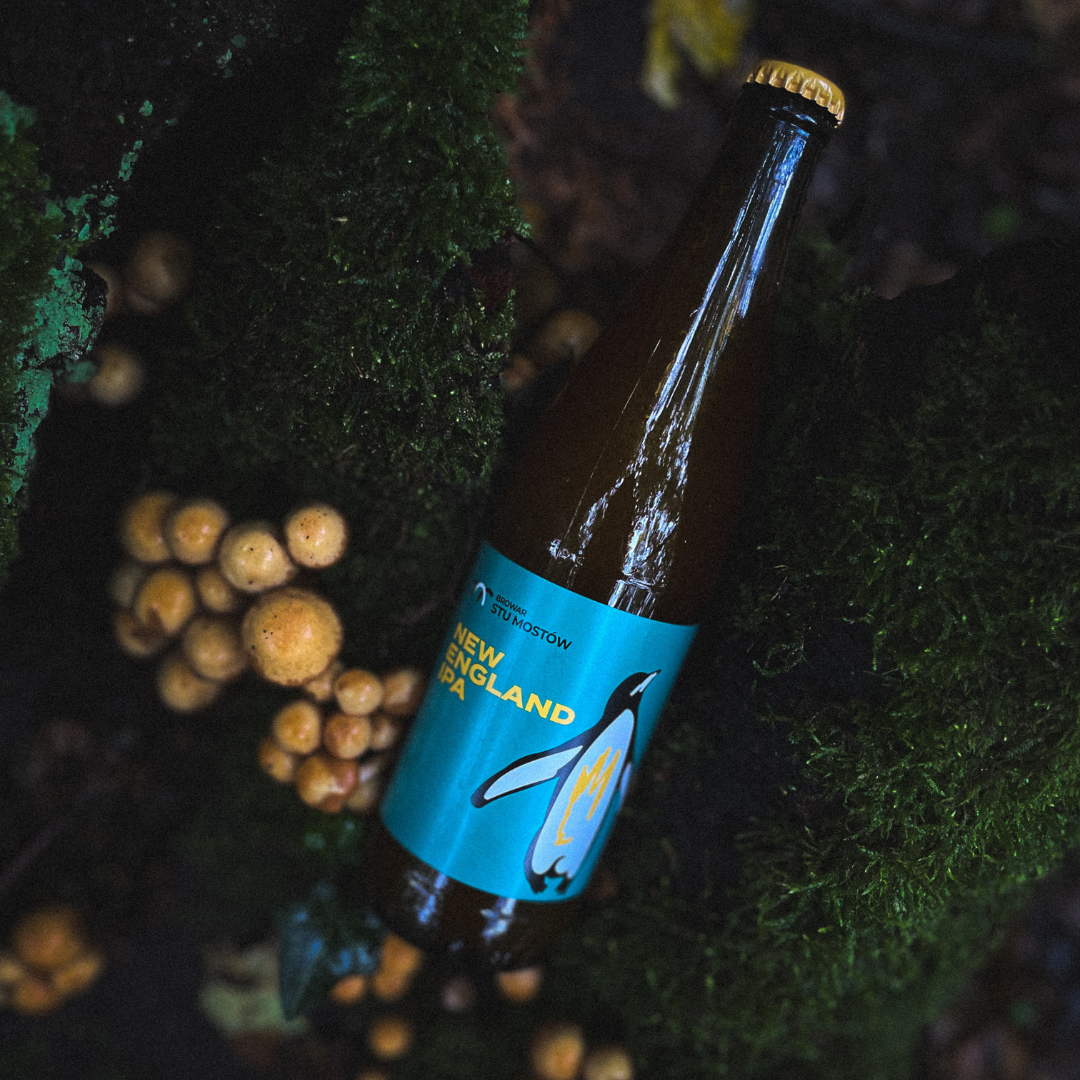Add products by adding codes
IPA: Discover the World of Intense Flavors and Aromas

What is IPA? The history and characteristics of a popular beer style
India Pale Ale, commonly known as IPA, is a beer style that has revolutionized the brewing world. Born in the 18th century, during British colonization of India, IPA has come a long way to become one of the most recognizable and beloved beer styles in the world.
1. History of IPA: from colonies to the craft revolution
IPA was created out of the need to deliver beer to the distant British colonies in India. The long sea voyage required a drink that could withstand the hardships of transport. The solution turned out to be adding more hops, a natural preservative, which not only extended the beer’s shelf life but also gave it its characteristic, intense flavor.
2. Why is IPA so special? Secrets of its bold flavor
IPA stands out among other beer styles primarily due to:
- heavy hopping – gives the beer its characteristic bitterness and aromas,
- complex flavor profiles – ranging from citrus, fruity, to resinous,
- balance between malt sweetness and hop bitterness,
- often (but not always!) higher alcohol content – between 5.5% and 7.5%.
3. IPA flavor palette: from citrus to resin
The richness of IPA’s aromas and flavors is due to carefully selected hop varieties. We can distinguish notes of:
- citrus (grapefruit, orange),
- tropical fruits (mango, pineapple),
- resinous,
- floral,
- herbal.
4. Discover the diversity: popular IPA substyles
- American IPA: Characterized by intense hopping with American hop varieties, producing bold citrus and pine aromas.
- New England IPA (NEIPA): Known for its hazy appearance and juicy, fruity character. Less bitter than traditional IPA.
- West Coast IPA: Dry, with distinct bitterness and citrus and pine aromas.
- Double IPA: A stronger version of IPA, with even more hops and higher alcohol content.
- Session IPA: A lighter version, perfect for longer gatherings, retaining characteristic aromas but with lower alcohol content.
5. How to best enjoy the taste of IPA?
Serving temperature
The optimal temperature for IPA is 7-10°C. Too cold and the aromas can be muted, too warm and the alcohol can become more prominent.
Glassware
Use tulip glasses or IPA glasses, which concentrate aromas and allow for the formation of proper foam.
6. IPA in Poland: growing popularity and local interpretations
Polish craft breweries enthusiastically embrace brewing IPA, often experimenting with local ingredients. Noteworthy are:
- polish hop varieties in IPA,
- seasonal variations with fruit additions,
- barrel-aged IPA, matured in whisky or wine barrels.
7. Conclusion: why give IPA a chance?
Whether you’re an experienced beer enthusiast or just beginning your craft beer journey, IPA will certainly surprise you with its complexity and character. Get inspired by the variety of styles and discover your favorite flavor in the world of IPA!





